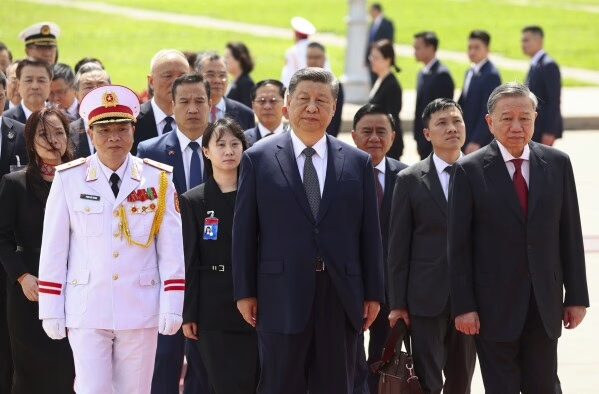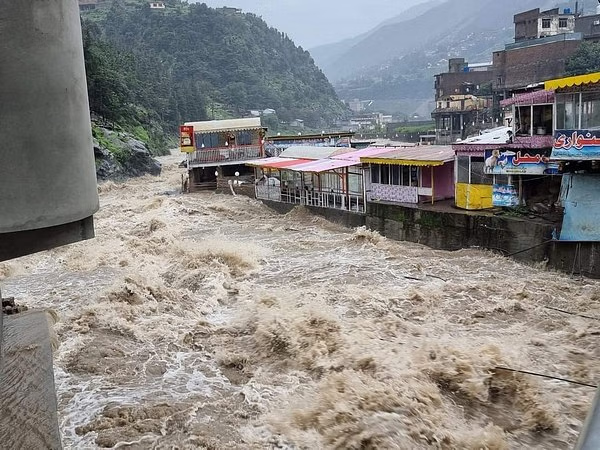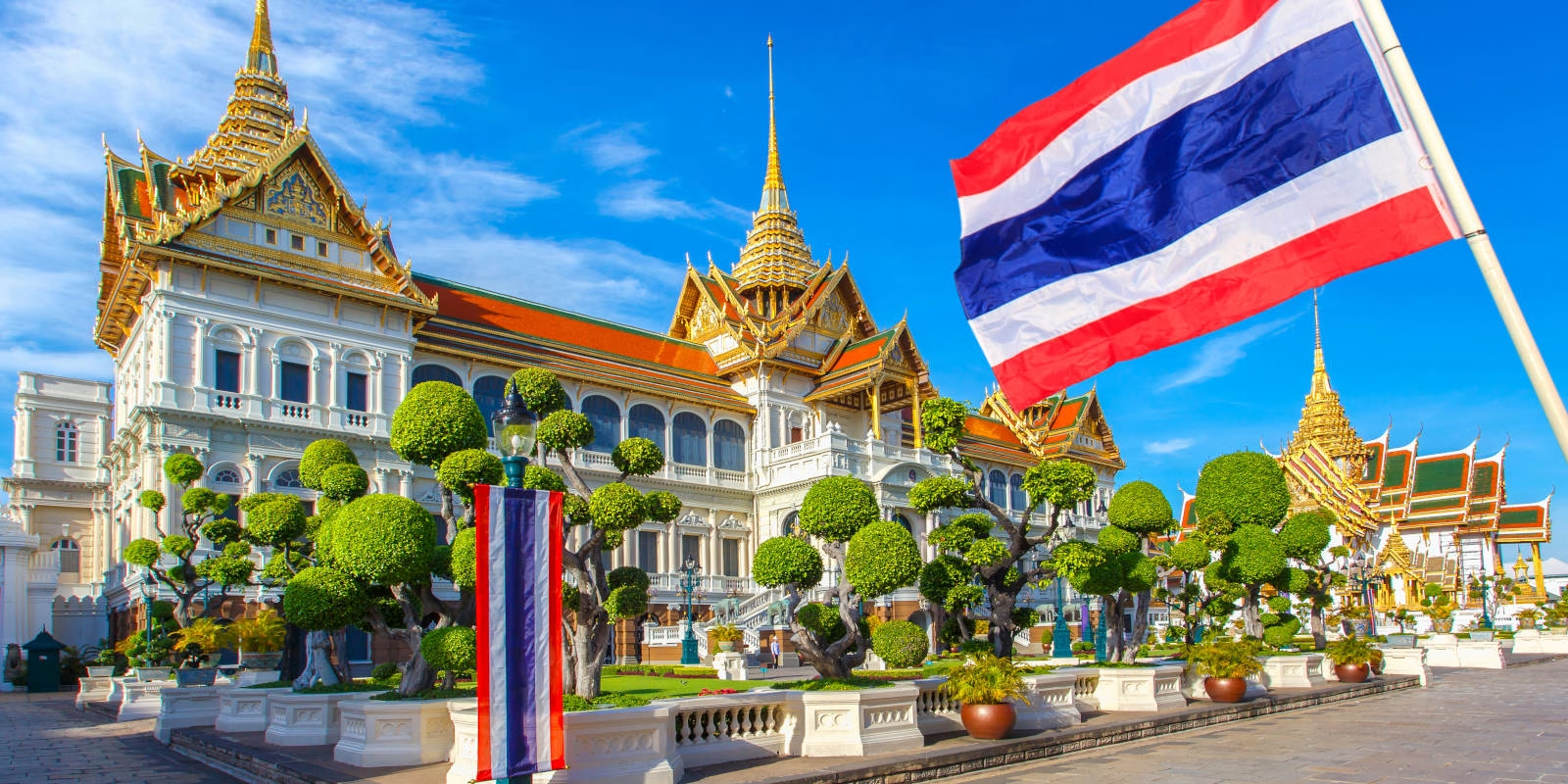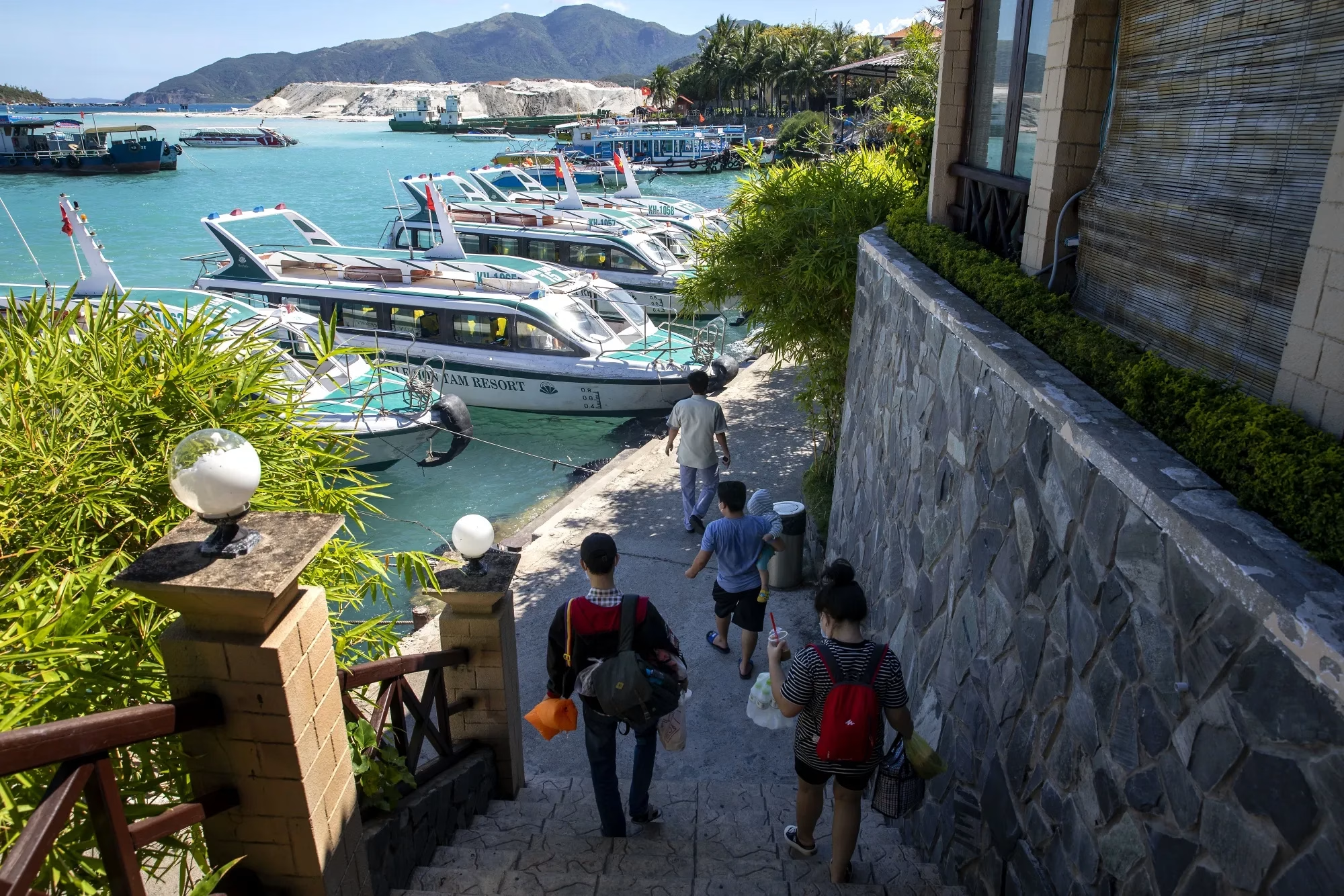
By Asia Fronts | Published: 28-April-2025
Southeast Asia in 2025: A New Era of Tourism
By the second quarter of 2025, Southeast Asia’s tourism industry is making significant strides towards recovery. A surge in international arrivals, a rise in eco-tourism, and the focus on digital nomadism have paved the way for a vibrant tourism market. According to the United Nations World Tourism Organization (UNWTO), Southeast Asia is leading the way in terms of the speed of its recovery, and the region’s governments are leveraging this momentum with new strategies, regulations, and innovations aimed at attracting visitors from around the globe.
While Thailand, Vietnam, Indonesia, and Malaysia have dominated the spotlight in the tourism industry for years, the pandemic forced these countries to rethink their approaches. In 2025, the tourism strategy is defined by sustainability, inclusivity, and smart technology integration.
The Surge in Tourist Arrivals: A Resilient Rebound
Thailand: Leading the Pack
Thailand, which saw its tourism plummet by over 80% in the initial pandemic years, has been at the forefront of Southeast Asia’s recovery in 2025. The Thai government set a bold target of attracting 38 million international tourists by the end of the year. As of the first quarter of 2025, the country saw an influx of over 11 million international visitors. This return is largely attributed to the global re-opening of borders, and the country’s new policies promoting safe and sustainable travel.
The Tourism Authority of Thailand (TAT) has launched marketing campaigns targeting key international markets, focusing on attracting travelers from China, India, Europe, and the United States. The campaigns emphasize Thailand’s rich cultural heritage, world-renowned cuisine, and pristine beaches. Additionally, Thailand’s “Smart Visa” program for digital nomads and remote workers has helped boost long-term stays.
Vietnam: A Rising Star in Southeast Asia
Similarly, Vietnam is capitalizing on its diverse cultural heritage and natural beauty to attract international visitors. The government has rolled out policies to foster a robust tourism ecosystem, including reforms to improve infrastructure, streamline visa procedures, and increase safety measures.
Vietnam has also embraced a strong sustainability initiative, aiming to preserve its key tourist destinations like Ha Long Bay, Phong Nha-Kẻ Bàng National Park, and Hanoi’s Old Quarter. The government projects that Vietnam will fully recover to pre-pandemic tourism levels by the end of 2025, driven by these concerted efforts and a growing interest in its unique culture, history, and cuisine.
Indonesia’s Bali and Beyond
Indonesia, with its iconic island of Bali, has seen a remarkable resurgence in international arrivals in 2025. Bali’s world-class beaches, luxury resorts, and cultural events are attracting travelers once again. Indonesia has focused on eco-friendly initiatives, including promoting its natural wonders such as Komodo Island and its expansive network of protected marine parks, positioning these areas as eco-tourism destinations.
The government’s partnerships with global airlines and local hospitality businesses to provide attractive travel packages have boosted Indonesia’s tourism sector. Bali, in particular, remains a hotspot for digital nomads, with its coworking spaces and remote working facilities catering to the post-pandemic influx of digital workers.

Malaysia: A New Approach to Tourism
Malaysia has also seen significant growth in tourism since 2025, especially in areas like Kuala Lumpur, Penang, and Langkawi. The country is positioning itself as a luxury and sustainable destination, with initiatives like the “Malaysia My Second Home” (MM2H) program and eco-friendly tourism offerings. Malaysia’s diverse culture, from Malay to Chinese and Indian influences, offers visitors an experience unmatched in other parts of the region. Furthermore, Malaysia has emphasized tourism-related education, providing local communities with skills to cater to international visitors.
Emerging Trends Shaping the Region’s Tourism Landscape
Digital Nomadism: The Future of Travel
One of the most notable trends in the post-pandemic tourism landscape is the rise of digital nomads. Southeast Asia, long known for its affordability and rich culture, has become a hotspot for remote workers seeking to balance work and travel. Cities like Bali, Chiang Mai, and Ho Chi Minh City have emerged as top destinations for long-term stays, where individuals can work remotely while enjoying world-class amenities.
Countries in Southeast Asia, particularly Thailand, Indonesia, and Malaysia, have responded by offering digital nomad visas. These visas allow individuals to stay for extended periods while legally working remotely, a move that has opened the region to a new class of tourists. The increasing number of co-working spaces, reliable internet infrastructure, and affordable living options have all contributed to this boom in digital nomadism, which is seen as a major driver of the region’s tourism recovery.
Eco-Tourism and Sustainability
As travelers become more conscious of their environmental impact, Southeast Asia is leaning into sustainability as a key focus of its tourism recovery efforts. Governments and tourism authorities are working on preserving natural areas, reducing waste, and promoting responsible travel. Thailand, Vietnam, and Indonesia are promoting eco-tourism and working closely with local communities to develop sustainable tourism practices.
Eco-tourism in Southeast Asia includes initiatives such as wildlife conservation programs, the promotion of green-certified hotels, and responsible tourism activities. Popular destinations like Chiang Mai, Koh Samui, and Bali have invested in reducing plastic use, conserving water, and preserving wildlife. The rise of eco-lodges, community-based tourism, and small-scale sustainable initiatives across the region is helping to meet the growing demand for environmentally conscious travel.
Health and Wellness Tourism
In the aftermath of the pandemic, wellness tourism has become a major draw for Southeast Asia. As people seek to recover from the mental and physical toll of the global health crisis, the region’s spas, wellness centers, and yoga retreats are seeing a surge in demand. Thailand, in particular, is home to world-class wellness resorts that offer everything from traditional Thai massages to detox programs, wellness retreats, and medical tourism.
Bali’s yoga and wellness scene has long been a top attraction, and the island’s wellness centers are attracting travelers seeking holistic health experiences. Thailand’s wellness offerings, especially in the form of holistic health resorts and luxury spas, are a major part of the tourism recovery in 2025. Vietnam and Indonesia are also seeing an increase in tourists seeking rejuvenation through yoga, meditation, and spa treatments.
The Role of Technology in Tourism Recovery
As tourism evolves in 2025, technology is playing an integral role in reshaping how travelers experience the region. Southeast Asia is embracing innovations such as mobile apps for booking, augmented reality (AR) for tourism experiences, and artificial intelligence (AI) for personalized travel recommendations. Thailand and Singapore, in particular, have implemented digital tools that allow visitors to explore destinations in new and interactive ways.
In addition to improving the visitor experience, technology is also enhancing tourism operations. AI-powered travel assistants, mobile payments, and virtual tours are becoming increasingly common. Southeast Asia’s tourism sector is also capitalizing on data analytics to improve customer service, personalize recommendations, and optimize travel itineraries.
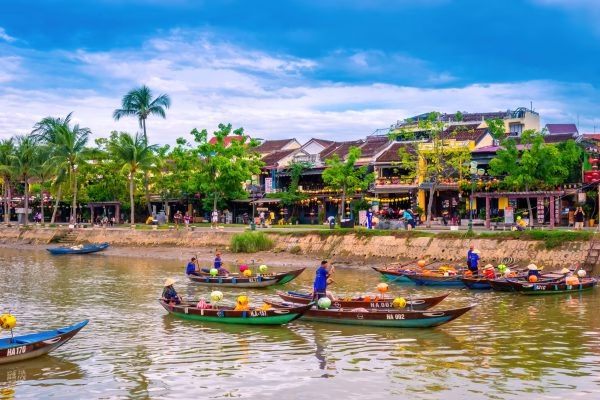
Challenges Facing the Tourism Sector
While the tourism recovery in Southeast Asia is undoubtedly positive, challenges remain. Over-tourism is a persistent issue, particularly in destinations like Bali, Phuket, and Bangkok, where crowded tourist attractions and environmental strain are a concern. Many countries in the region are working to address over-tourism by promoting lesser-known destinations and implementing visitor limits in popular spots.
Workforce shortages, too, have emerged as a major concern. With many workers leaving the tourism sector during the pandemic, the lack of skilled labor is a barrier to fully capitalizing on the tourism boom. To address this, Southeast Asian countries are investing in training programs and upskilling initiatives for hospitality and service industry workers.

Conclusion: Southeast Asia’s Bright Tourism Future
The recovery of Southeast Asia’s tourism sector in 2025 is a testament to the resilience and adaptability of the region. From the return of international tourists to the rise of digital nomads and the focus on sustainability, Southeast Asia is leading the way in transforming its tourism industry. While challenges remain, the sector is poised to continue growing, attracting travelers from across the globe.
As countries across Southeast Asia embrace new technologies, foster sustainable practices, and invest in creating unique travel experiences, the future of tourism in the region looks brighter than ever. For those seeking an unforgettable travel experience, Southeast Asia in 2025 promises a wealth of opportunities, offering everything from vibrant cities and historical landmarks to pristine beaches and eco-conscious escapes.
